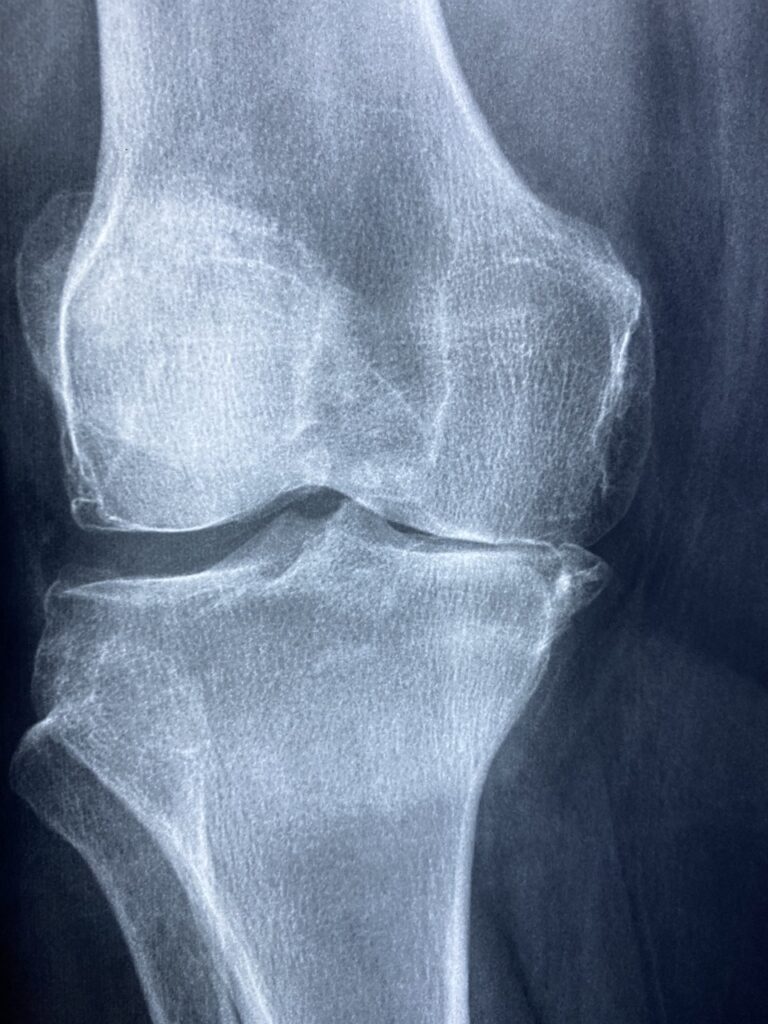Thrombocytopenia is a medical condition characterized by a low platelet count in the blood. Platelets, also known as thrombocytes, are small cell fragments in the blood that play a crucial role in blood clotting and preventing excessive bleeding. When the platelet count drops below normal levels, it can lead to an increased risk of bleeding and bruising.
2. Causes of Thrombocytopenia:
- Decreased Production of Platelets: Bone marrow disorders, such as aplastic anemia or leukemia, can impair the production of platelets. This reduction in platelet production may be influenced by genetic factors or exposure to certain drugs, chemicals, or toxins.
- Increased Destruction of Platelets: Certain medications, infections, autoimmune disorders (such as immune thrombocytopenic purpura), and conditions like idiopathic thrombocytopenic purpura (ITP) can lead to the destruction of platelets by the immune system. In autoimmune thrombocytopenia, the immune system mistakenly attacks and destroys platelets, leading to a decreased platelet count.
- Sequestration of Platelets: In some cases, an enlarged spleen may sequester (trap) a large number of platelets, reducing their circulating levels in the bloodstream. This can occur due to various underlying conditions, including liver disease, certain cancers, or infections.
3. Pharmacokinetics (PK) of Thrombocytopenia Medications:
- Absorption: The absorption of medications used to treat thrombocytopenia varies depending on the route of administration. Oral medications are absorbed through the gastrointestinal tract, while intravenous medications are delivered directly into the bloodstream.
- Distribution: Thrombocytopenia medications are distributed throughout the body via the bloodstream. They may bind to plasma proteins or accumulate in specific tissues, influencing their effectiveness and duration of action.
- Metabolism: Many thrombocytopenia medications undergo hepatic metabolism, where they are broken down by enzymes in the liver into metabolites that are then eliminated from the body.
- Excretion: Metabolites of thrombocytopenia medications are primarily excreted through the kidneys via urine or eliminated in feces. The rate of excretion can affect the duration of drug action and the need for dosage adjustments in individuals with impaired kidney function.
4. Pharmacodynamics (PD) of Thrombocytopenia Medications:
- Platelet Production Stimulation: Some medications stimulate the bone marrow to produce more platelets, thereby increasing the platelet count in individuals with thrombocytopenia. These medications may act by enhancing the activity of growth factors or cytokines involved in platelet production.
- Immune System Modulation: Certain thrombocytopenia medications work by modulating the immune system to prevent the destruction of platelets by autoantibodies. These medications may suppress the production of autoantibodies or inhibit their binding to platelets, reducing platelet destruction and increasing the platelet count.
- Platelet Function Inhibition: Antiplatelet medications interfere with the function of platelets, preventing them from aggregating and forming clots. While these medications are not typically used to treat thrombocytopenia itself, they may be prescribed in combination with other therapies to manage bleeding complications associated with low platelet counts.
5. Pathophysiology of Thrombocytopenia:
- Disruption of Platelet Production: Disorders affecting the bone marrow, such as leukemia, myelodysplastic syndromes, or chemotherapy-induced bone marrow suppression, can disrupt the production of platelets, leading to thrombocytopenia.
- Accelerated Platelet Destruction: Immune-mediated mechanisms, infections, medications, or underlying conditions can trigger the destruction of platelets in the bloodstream or spleen, resulting in thrombocytopenia.
- Sequestration of Platelets: An enlarged spleen or liver can sequester a large number of platelets, reducing their availability in the bloodstream and contributing to thrombocytopenia.
6. Diagnosis of Thrombocytopenia:
- Complete Blood Count (CBC): A CBC test measures the number of platelets in the blood and helps diagnose thrombocytopenia. It also provides information about other blood components, such as red blood cells and white blood cells.
- Peripheral Blood Smear: Examination of a blood smear under a microscope can reveal abnormalities in the shape and size of platelets, aiding in the diagnosis of thrombocytopenia and identifying potential underlying causes.
- Bone Marrow Biopsy: In some cases, a bone marrow biopsy may be performed to evaluate the production and function of platelets in the bone marrow, especially if other diagnostic tests are inconclusive.
7. Treatment of Thrombocytopenia:
- Medications: Treatment may involve medications to stimulate the production of platelets, suppress the immune system, or prevent the breakdown of platelets. Common medications include corticosteroids, immunoglobulins, thrombopoietin receptor agonists, and splenectomy.
- Platelet Transfusion: In cases of severe thrombocytopenia or active bleeding, platelet transfusions may be necessary to raise platelet levels quickly and prevent life-threatening bleeding episodes.
- Splenectomy: Surgical removal of the spleen (splenectomy) may be recommended in cases where an enlarged spleen is causing sequestration of platelets, especially in individuals with immune thrombocytopenic purpura (ITP) or other splenic disorders.
- Lifestyle Modifications: Avoiding activities that may increase the risk of bleeding, such as contact sports or heavy lifting, can help prevent injuries in individuals with thrombocytopenia and reduce the likelihood of bleeding complications.
8. Conclusion: Thrombocytopenia is a complex medical condition characterized by a low platelet count, which can result from various underlying causes. Understanding the pharmacokinetics, pharmacodynamics, and pathophysiology of thrombocytopenia is essential for effective management and treatment. Early diagnosis, prompt intervention, and close monitoring are crucial to prevent complications associated with low platelet counts and improve outcomes for individuals living with thrombocytopenia. Collaboration between healthcare providers and patients is key to developing personalized treatment plans tailored to individual needs and optimizing patient care and quality of life.




